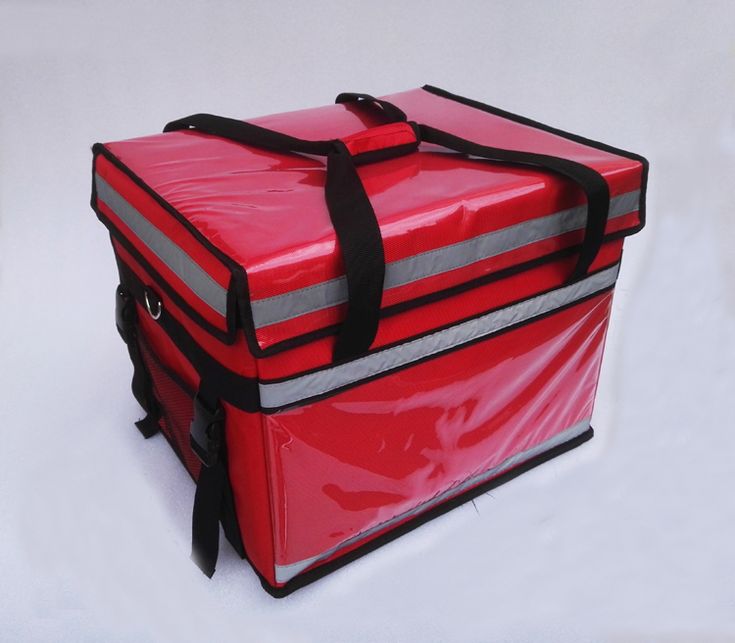LED strip lights have revolutionized the way we illuminate our spaces. Whether for home decoration, commercial displays, or creating a unique ambiance, these versatile lighting solutions offer both style and energy efficiency. But how long can you really expect these lights to last? In this article, we'll explore the lifespan of LED strip lights, factors affecting their longevity, and maintenance tips to ensure you get the most out of your lighting investment.
Understanding LED Strip Lights
What Are LED Strip Lights?
LED strip lights are flexible circuit boards populated with light-emitting diodes (LEDs). They come in various lengths, colors, and brightness levels, allowing for versatile applications in residential and commercial settings.
Benefits of LED Strip Lights
- Energy Efficiency: LED lights consume significantly less power than traditional incandescent or fluorescent lights.
- Longevity: They have a longer lifespan, reducing the frequency of replacements.
- Low Heat Emission: LEDs emit minimal heat compared to other light sources, making them safer to use.
- Versatility: They can be cut, bent, and mounted in various ways, making them suitable for diverse applications.
Common Uses of LED Strip Lights
- Home Decor: Accent lighting for living rooms, bedrooms, or kitchens.
- Commercial Spaces: Signage, display cases, and mood lighting.
- Automotive Lighting: Under-car and interior lights for vehicles.
- Events and Parties: Creating an ambient atmosphere for gatherings.
How Long Can You Expect LED Strip Lights to Last?
Lifespan of LED Strip Lights
The average lifespan of LED strip lights ranges from 25,000 to 50,000 hours, depending on various factors. This makes them a long-lasting choice for both residential and commercial applications.
Factors Affecting Lifespan
- Quality of the LED: Higher-quality LEDs tend to last longer than cheaper alternatives.
- Heat Management: Excessive heat can shorten the lifespan of LEDs.
- Usage Patterns: How often and how long you use the lights can impact their longevity.
- Power Supply Quality: A reliable power source contributes to the overall performance and lifespan of LED strips.
Lifespan Breakdown
- Standard Use: Under normal conditions, you can expect around 30,000 to 50,000 hours of light.
- Heavy Use: If used continuously for more than 12 hours a day, the lifespan might decrease to around 20,000 hours.
- Intermittent Use: Frequently turning the lights on and off can actually increase their lifespan due to reduced heat buildup.
Tips for Extending the Lifespan of LED Strip Lights
1. Choose High-Quality Products
When purchasing LED strip lights, invest in reputable brands. Higher quality often means better components and longer lifespans.
2. Proper Heat Management
- Ventilation: Ensure your LED strips are installed in well-ventilated areas to prevent heat buildup.
- Heat Sinks: Consider using heat sinks or aluminum channels to dissipate heat effectively.
3. Use Compatible Power Supplies
Make sure you use the recommended power supply for your LED strips. A compatible power source prevents overvoltage or under-voltage situations that can harm the LEDs.
4. Avoid Overuse
While LED strip lights are designed for longevity, avoid keeping them on for excessive periods. This can lead to unnecessary heat and decrease their lifespan.
5. Regular Maintenance
- Cleaning: Dust and debris can affect performance. Clean your LED strips periodically.
- Check Connections: Ensure all connections are secure to prevent flickering or dimming.
Signs That Your LED Strip Lights Are Deteriorating
1. Dimming Lights
If your LED lights start to dim significantly, it may be a sign of age or a failing power supply.
2. Flickering
Flickering lights can indicate a poor connection or issues with the power supply.
3. Color Shift
A noticeable change in color may suggest that some LEDs are failing.
4. Physical Damage
Inspect the strips for any visible damage or wear.
Environmental Impact of LED Strip Lights
Energy Consumption
LEDs consume significantly less energy than traditional lighting options, resulting in lower electricity bills and reduced carbon footprints.
Eco-Friendly Materials
Many LED lights are made from recyclable materials, making them a more environmentally friendly choice.
Disposal Considerations
While LEDs have a long lifespan, when they do reach the end of their life, be sure to dispose of them responsibly. Many localities have recycling programs specifically for electronic waste.
The Role of LED Delivery Boxes
What is an LED Delivery Box?
An LED delivery box is a specialized container designed for transporting LED strip lights safely and securely. These boxes protect the lights from physical damage and ensure they remain operational upon arrival.
Importance of Quality LED Delivery Boxes
- Protection: Prevents damage during transit.
- Temperature Control: Maintains an optimal environment to avoid heat-related issues.
- Brand Image: Quality packaging reflects positively on your brand.
Conclusion
LED strip lights are a fantastic investment for anyone looking to enhance their space with effective and efficient lighting. Understanding their lifespan and taking steps to maintain them can significantly extend their usability. Additionally, utilizing quality LED delivery boxes ensures that your lights arrive in perfect condition, ready to illuminate your home or business.
Final Thoughts
Remember to choose high-quality LED strip lights and consider the impact of their environment on their longevity. With proper care and maintenance, you can enjoy vibrant lighting for years to come!





Comments